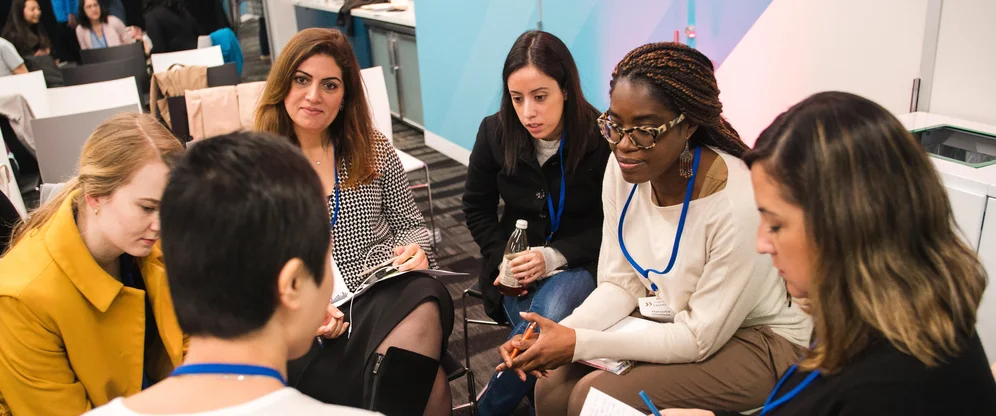“You’ve come a long way, Baby”: remembering the world’s first stored program computer
Sixty-five years ago today, the Manchester Small Scale Experimental Machine—nicknamed “Baby”—became the earliest computer in the world to run a program electronically stored in its memory. This was a flagship moment: the first implementation of the stored program concept that underpins modern computing.
Earlier computers had their instructions hardwired into their physical design or held externally on punched paper tape or cards. Reprogramming them to do a different task entailed internal rewiring or altering the physical storage media. The Baby marked a new computing era, described by some as the “birth of software,” in which swapping programs was far simpler—requiring only an update to the electronic memory. Both instructions and data were held in the Baby’s memory and the contents could be altered automatically at electronic speeds during the course of computation.

Manchester Baby: world's first stored program computer
Developed at Manchester University by “Freddie” Williams, Tom Kilburn and Geoff Tootill, in size the Baby was anything but: more than 5m long and weighing a tonne (PDF). Its moniker was due to its role as a testbed for the experimental Williams-Kilburn tube, a means of storing binary digits (“bits”) using a cathode ray tube. This was a big deal because up until this point, computers had no cost-effective means of storing and flexibly accessing information in electronic form.
In technical terms, the Williams-Kilburn tube was the earliest form of random access memory, or RAM. The Baby’s memory consisted of one of these tubes, able to store up to 1,024 bits—equivalent to just 128 bytes. In contrast, the average computer today has RAM in multiples of gigabytes, more than a billion times bigger.
The Baby was only ever intended to be a proof-of-concept rather than to serve as a useful calculation tool. So once it had shown the new memory was reliable, attention shifted to building a more powerful and practical machine using the same concepts. This resulted in the Manchester Mark 1, which in turn was the model for the Ferranti Mark 1, the world’s first computer to be sold commercially, in February 1951.
While today nothing remains of the original Baby, a working replica is on display at the Museum of Science and Industry (MOSI) in Manchester. It’s well worth a visit to reflect on just how far computing has come.





